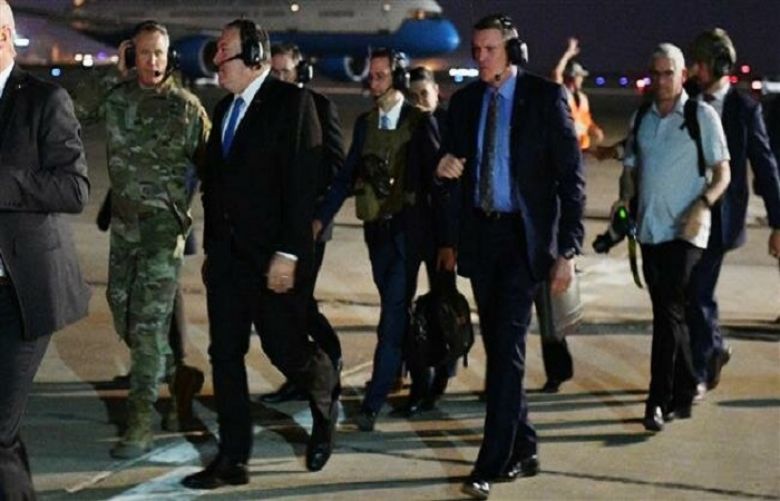US Secretary of State Mike Pompeo is continuing attempts to sow discord between Iran and Iraq during a surprise visit to the Arab country.
The hawkish US politician made an unannounced visit to the capital Baghdad on Tuesday, to discuss "big energy deals that can disconnect them from Iranian energy."
The former CIA chief further claimed that under President Donald Trump, the US cares about Iraq’s sovereignty.
“Generally this has been our position since the national security strategy came out in the beginning of the Trump administration," he told reporters before heading to meet with Iraqi Prime Minister Adel Abdul Mahdi. "I wanted to go to Baghdad to speak with the leadership there, to assure them that we stood ready to continue to ensure that Iraq is a sovereign, independent nation."
Pompeo added that his talks will also include "the security situation there, and the forces that we have in Iraq as well, ensure that we continue to support the Iraqi security forces, the ISF, and can train them, professionalize them, so that the new leadership there in Iraq can have security control inside of the country."
Pompeo’s visit comes days after White House national security adviser John Bolton said a carrier strike group and a bomber task force had been deployed to the region to confront what the Trump administration claims are "clear indications" of threats from Iran.
The US military said Tuesday that additional forces being sent to the Middle East will also include B-52 bombers.
According to US officials, speaking on the condition of anonymity to Reuters, there will be four B-52s.
Iranian Foreign Minister Mohammad Javad Zarif has chided Bolton’s way of “announcing” the deployment, which came only long after the USS Abraham Lincoln Carrier Strike Group departed Norfolk, Virginia, on April 1, for a “regularly scheduled deployment,” according to the US Navy’s website.







